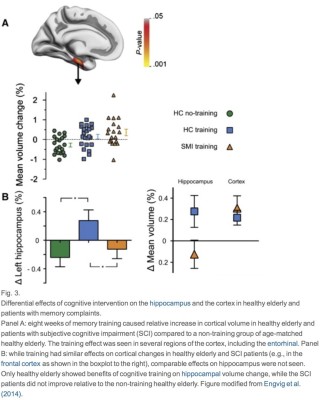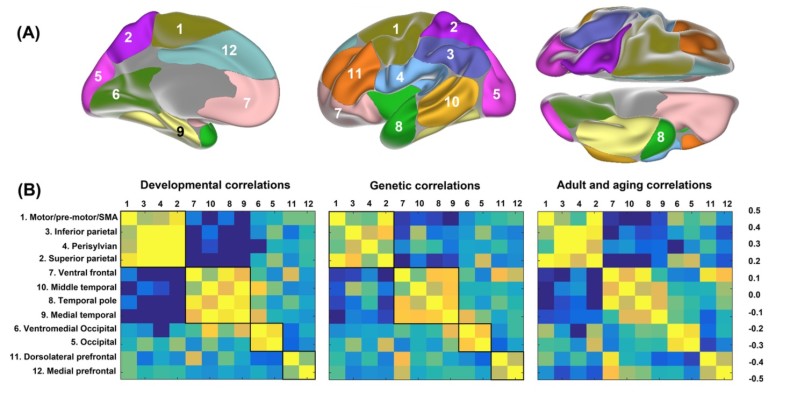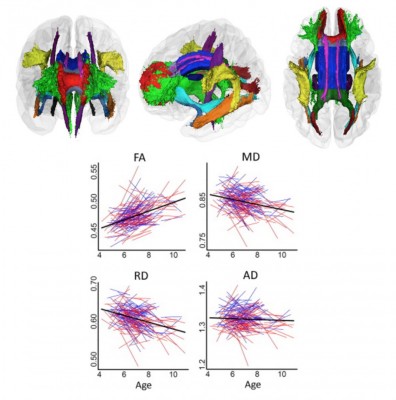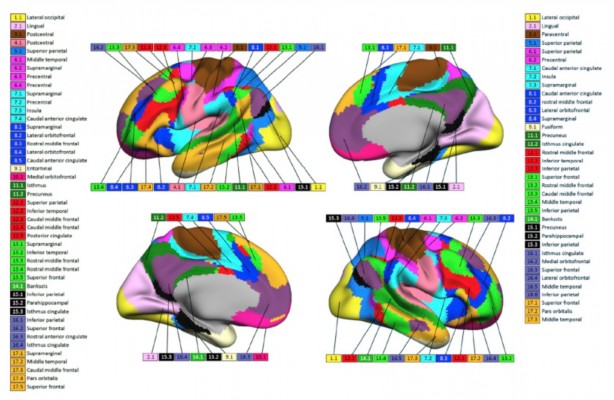What determines brain plasticity?
What is it that determines the brain’s potential for flexibility? In a new perspective paper, LCBC examines the case for brain plasticity — the potential for long-lasting change in the way the brain both functions and is structured. Brain plasticity is the mechanism that allows us to learn new skills and information, and to adapt our behavior to the ever-changing demands of the world. The paper explores the possible pre-requisites for whether a brain region can demonstrate high or low levels of plasticity. In particular, it is discussed how brain regions exhibiting low levels of expansion throughout human evolutionary history and low levels of genetic heritability may also be characterized by higher levels of plasticity. In addition, brain areas showing greater variability of structural change across individuals throughout the lifespan, and those characterized by higher degrees of inter-individual myelin content may also show higher potential for plastic change. The medial temporal lobe is one such critical area that satisfies these conditions.
Citation
Walhovd, K. B., Westerhausen, R., de Lange, A. M. G., Bråthen, A. C. S., Grydeland, H., Engvig, A., & Fjell, A. M. (2015). Premises of plasticity—And the loneliness of the medial temporal lobe. NeuroImage.




